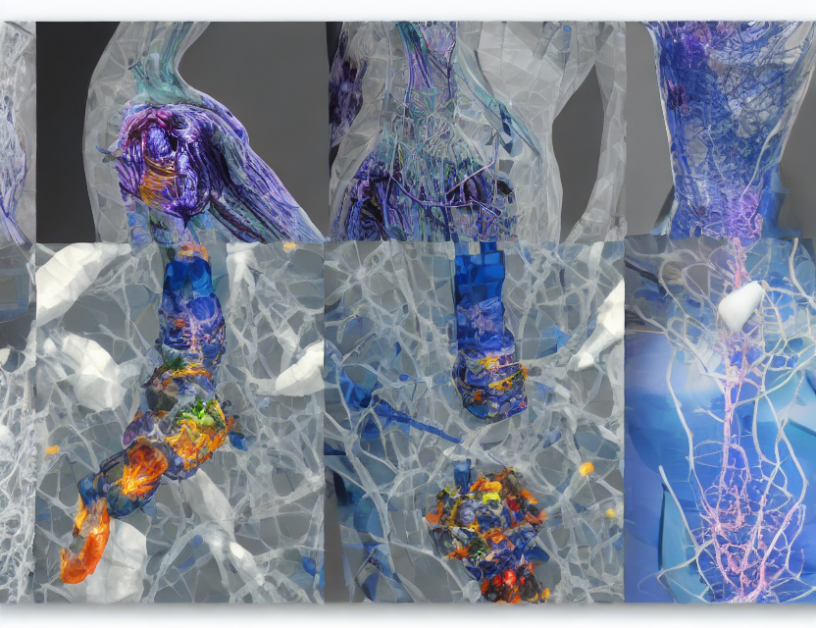Polyp segmentation in medical imaging is a crucial task that requires accurate identification and separation of polyps from the surrounding tissue. Recently, there has been growing interest in using Transformers for polyp segmentation due to their ability to process complex data structures and capture long-range dependencies. In this article, we explore the use of skip connections and residual connections in convolutional blocks for improving the performance of polyp segmentation models.
Skip connections are a type of connection that allows information from different levels of a model to flow back to earlier layers, enabling the model to capture both local and global contexts. Residual connections, on the other hand, introduce shortcuts between layers, which helps to alleviate the vanishing gradient problem and improve the training stability. By combining these two techniques in convolutional blocks, we can create a more robust and accurate polyp segmentation model.
To evaluate the effectiveness of skip connections and residual connections, we conducted experiments using different variants of Polyper, a proposed deep learning model that combines Transformer architecture with convolutional neural networks (CNNs). Our results show that incorporating these techniques into the model can significantly improve its performance in terms of both accuracy and efficiency.
In addition to evaluating the importance of skip connections and residual connections, we also explored the effectiveness of our full-stage sensitive strategy, which gradually incorporates more features from lower levels into the feature aggregation part. Our visual analysis shows that gradually adding more features can continuously improve the model’s performance, indicating the importance of utilizing different levels of features for better segmentation results.
Overall, this article provides a comprehensive understanding of the functionality of each component in our proposed Polyper model and demonstrates the effectiveness of skip connections and residual connections in improving polyp segmentation accuracy. By combining these techniques with careful feature utilization strategies, we can create a more robust and accurate polyp segmentation model that can help improve diagnosis and treatment outcomes in medical imaging.
Computer Science, Computer Vision and Pattern Recognition
Deep Learning for Medical Imaging: A Survey of Transformer-Based Approaches



